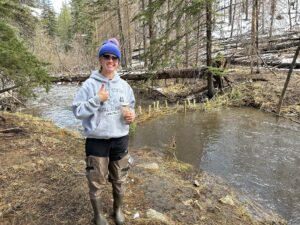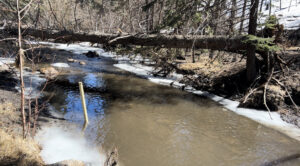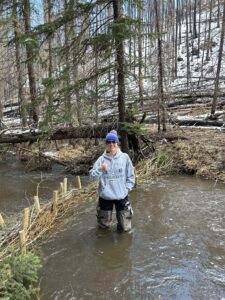2024, Ashburn, VA, USA
Farmwell 7th graders aimed to protect wildlife by creating a “bluebird trail”. The school had 4 bluebird houses and needed one more for it to officially be a trail. The 7th graders earned the grants for the 5th bluebird house and predator guards/raccoon baffles for all five bluebird houses. As anticipated, all bird houses were occupied by three different bird species – tree swallows, chickadees, and eastern bluebirds – all of them native to Virginia. Students have learned the skills required to create a welcomed change in the community and are excited to have made a home for birds in the years to come.
SDGs: 13: Climate Action, 14: Life on Land, 6: Clean Water and Sanitation
Targets: 6.4, 15.3, 13.1















